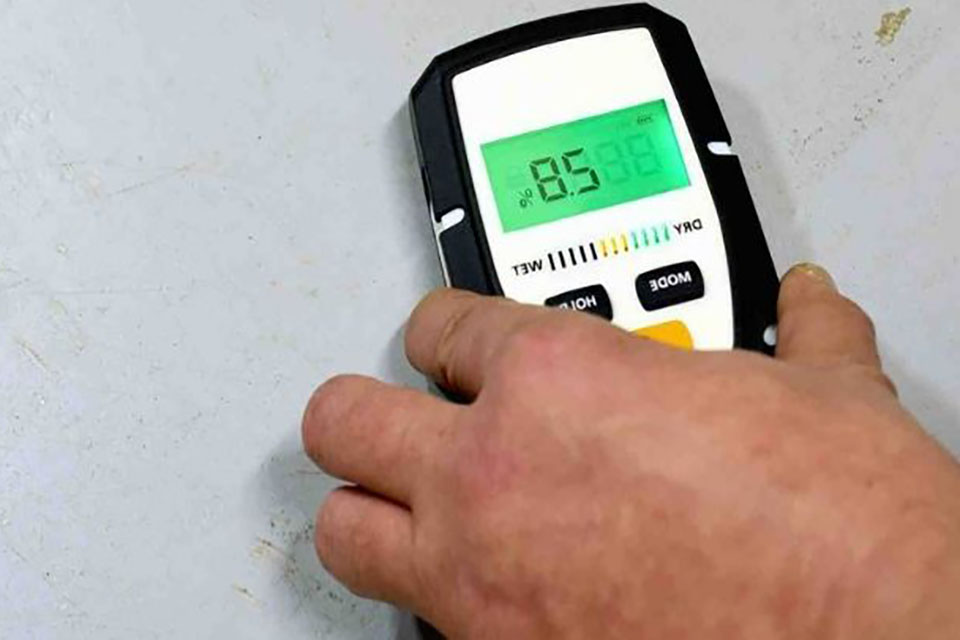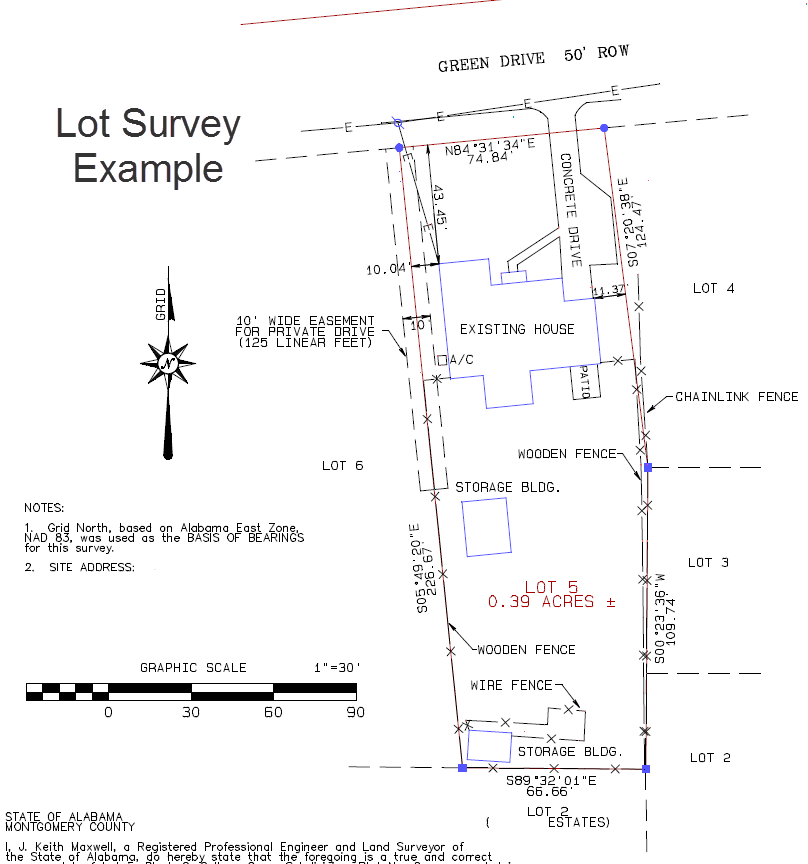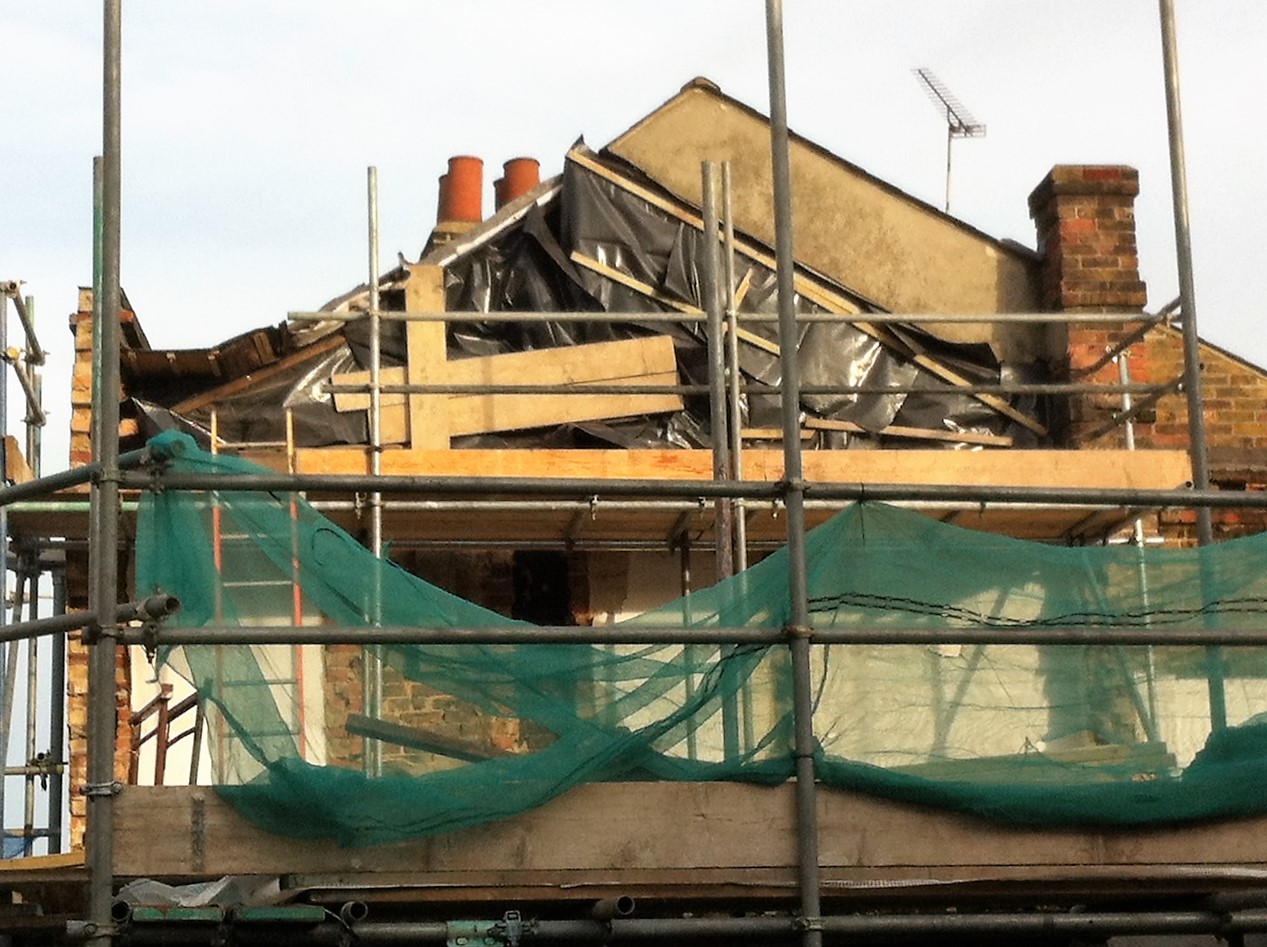
September 4, 2024
How To Improve Concrete Preserving Wall Drainage
Effective Keeping Wall Drain Tips For Long-lasting Wall Surface Drainage pipes, either perforated or strong, are utilized to take care of water circulation behind keeping wall surfaces. Perforated pipelines permit water to go into and be routed away, while strong pipes transportation water without enabling soil to go into. Efficient maintaining wall water drainage systems relieve this pressure by permitting water to run away, protecting the wall surface's stability and stopping pricey repair work. Appropriate preserving wall water drainage is important for maintaining the security and long life of your keeping wall surface. Without ample water drainage, water can gather behind the wall surface, boosting stress and possibly creating architectural failure.Key Elements Of Maintaining Wall Drain
CB 7 Committee Green Lights Repair and Renovation Projects In Riverside and Central Parks - westsiderag.com
CB 7 Committee Green Lights Repair and Renovation Projects In Riverside and Central Parks.
Posted: Sat, 21 May 2022 07:00:00 GMT [source]
Just How To Boost Concrete Keeping Wall Surface Drain
Every keeping wall surface project is distinct, and the drain service need to be tailored to attend to the certain demands of the landscape. Different wall surface materials, layouts, and website problems require a nuanced technique to drain. This material helps help with water circulation while protecting against dirt breach right into the water drainage system. Hydrostatic stress refers to the pressure put in by a fluid due to the force of gravity. In the context of retaining wall surfaces, this liquid is water that has saturated the dirt behind the wall surface throughout rains or snow thaws. The buildup of water increases the weight against the wall surface and presses versus it, which can create bulging, cracking, or full failure.Preferred Services:
- The second recommendation involves laying and pinning filter textile (additionally known as landscape textile) above the water drainage stones and below the topsoil.
- Correct installation ensures that water is guided far from the wall, reducing the risk of hydrostatic stress.
- Yes, poor drain can cause dirt disintegration and enhanced stress, resulting in collapse.
- Different sorts of timber are used for creating maintaining wall surfaces, each with its very own set of advantages and downsides.
What takes place if you do not place drainage behind a preserving wall surface?
Hydrostatic Stress and Wall Failure
Hydrostatic stress, caused by water collecting behind a retaining wall surface, positions a considerable threat of wall surface failing. When water isn't effectively drained pipes, it can build up behind the wall, putting in stress on the framework.


Social Links